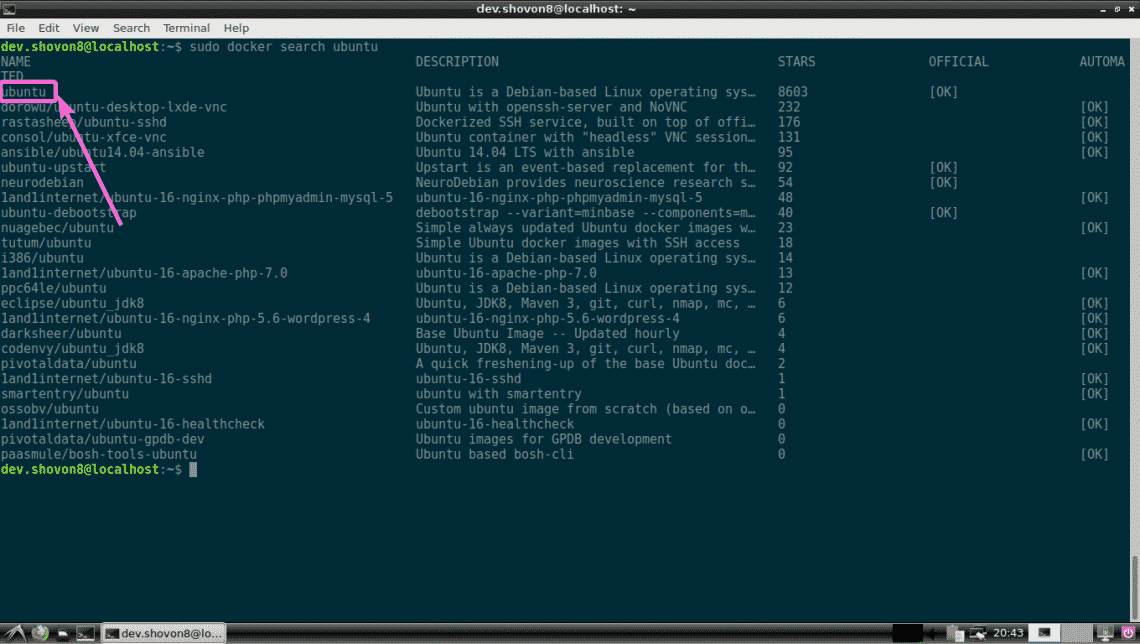自动摘要
正在生成中……
Installing Docker on Raspberry Pi 3:
On Ubuntu Core, you can only install snap packages. Luckily, Ubuntu Core has Docker snap package in the official snap package repository. So, you won’t have any trouble installing Docker on Raspberry Pi 3. To install Docker on Raspberry Pi 3, run the following command:
$ sudo snap install docker

As you can see, Docker is being installed. It will take a while to complete.

At this point Docker is installed. As you can see, the version of Docker is 18.06.1. It is Docker Community Edition.

Now, run the following command to connect Docker to the system:
$ sudo snap connect docker:home
Using Docker on Raspberry Pi 3:
In this section, I will show you how to run Docker containers on Raspberry Pi 3. Let’s get started. You can search for Docker images with the following command:
$ sudo docker search KEYWORD
For example, to search for Ubuntu docker images, run the following command:
$ sudo docker search ubuntu
As you can see, the search result is displayed. You can download and use any Docker image from here. The first Docker image in the search result is ubuntu. Let’s download and install it.

To download (in Docker term pull) the ubuntu image, run the following command:
$ sudo docker pull ubuntu

As you can see, the Docker ubuntu image is being pulled.

The Docker ubuntu image is pulled.

You can list all the Docker images that you’ve pulled with the following command:

Now, you can create a Docker container using the ubuntu image with the following command:
$ sudo docker run -it ubuntu

As you can see, a Docker container is created and you’re logged into the shell of the new container.

Now, you can run any command you want here as you can see in the screenshot below.

To exit out of the shell of the container, run the following command:

You can list all the containers you’ve created with the following command:
As you can see, the container I’ve created earlier has the Container ID 0f097e568547. The container is not running anymore.

You can start the container 0f097e568547 again, with the following command:
$ sudo docker start 0f097e568547

As you can see, the container 0f097e568547 is running again.

To log in to the shell of the container, run the following command:
$ sudo docker attach 0f097e568547
As you can see, I am logged into the shell of the container 0f097e568547 again.

You can check how much memory, CPU, disk I/O, network I/O etc the running containers are using with the following command:

As you can see, I have two containers running and their ID, name, CPU usage, memory usage, network usage, disk usage, pid etc are displayed in a nicely formatted way.

I am running Docker and 2 containers on my Raspberry Pi 3 and I still have about 786 MB of memory available/free. Docker on Raspberry Pi 3 is amazing.

So, that’s how you install and use Docker on Raspberry Pi 3. Thanks for reading this article.